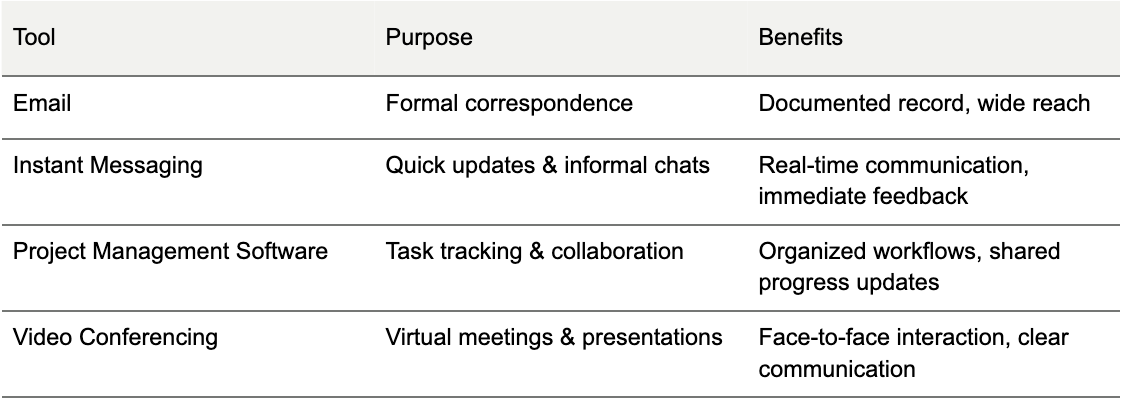Building Open Communication Channels (July 2025 TogetHR Times)
Building Open Communication Channels
By John Wright
Open communication channels are vital for a successful business. They promote transparency, collaboration, and trust, leading to increased productivity and employee satisfaction.
Cultivating effective communication within a business demands continuous dedication and active participation from every member of the organization. A genuine commitment to prioritizing open communication channels is not merely a suggestion, but a fundamental necessity for building a truly collaborative and, consequently, a significantly more productive work environment.
When open channels of communication are embraced and actively nurtured, they serve as the lifeblood of a thriving organization. They facilitate the seamless flow of information, ideas, and feedback across all levels and departments. This transparency fosters a sense of shared understanding and empowers employees to contribute their insights and perspectives without hesitation. Silos begin to break down as individuals feel comfortable sharing their challenges, successes, and suggestions, leading to more informed decision-making and innovative problem-solving.
Furthermore, open communication channels cultivate a culture of trust and psychological safety. Employees who feel heard and valued are more likely to be engaged, motivated, and invested in the company's success. When individuals believe their opinions matter and that they can openly express concerns without fear of reprisal, it fosters a stronger sense of belonging and encourages proactive participation. This can lead to early identification of potential issues, quicker resolution of conflicts, and a more agile and responsive organization overall.
The benefits extend beyond internal operations. Open communication channels can also positively impact external relationships with clients, partners, and all other stakeholders. Clear and transparent communication builds stronger rapport, enhances trust, and fosters long-term, mutually beneficial partnerships.
Effective communication requires ongoing effort and commitment from everyone in the organization. By prioritizing open channels, businesses can create a more collaborative and productive work environment.
Here are key strategies to foster open communication:
Establish Regular Meetings: Conduct both formal and informal meetings to keep everyone updated and engaged. These meetings can include team briefings, project updates, and casual catch-ups.
Utilize Communication Tools: Implement a variety of communication platforms such as email, instant messaging, and project management software to facilitate seamless information flow.
Encourage Feedback: Create an environment where employees feel comfortable sharing their thoughts, concerns, and suggestions. Anonymous feedback options can be particularly useful.
Promote Active Listening: Train managers and team leaders to actively listen to their team members. This involves paying attention, asking clarifying questions, and providing constructive responses.
Transparency in Decision Making: Involve employees in decision-making processes where possible. Communicate the reasoning behind decisions clearly and honestly.
Here is a table summarizing a few, common communication tools:
In conclusion, establishing and maintaining open communication channels is an ongoing endeavor that requires consistent effort and unwavering commitment from leadership and every individual within the organization. The rewards, however, are substantial, leading to a more collaborative, innovative, productive, and ultimately, a more successful business.

